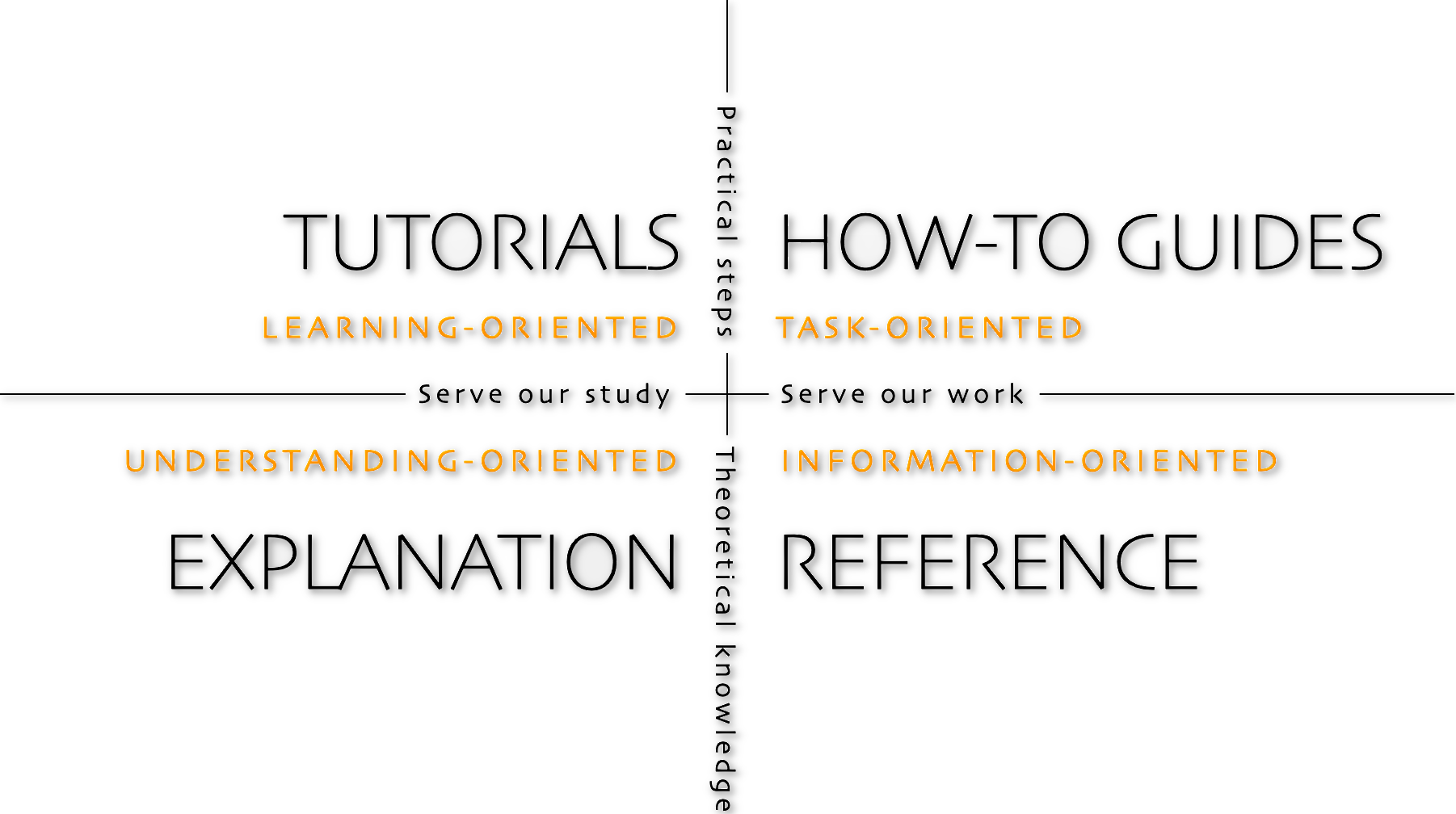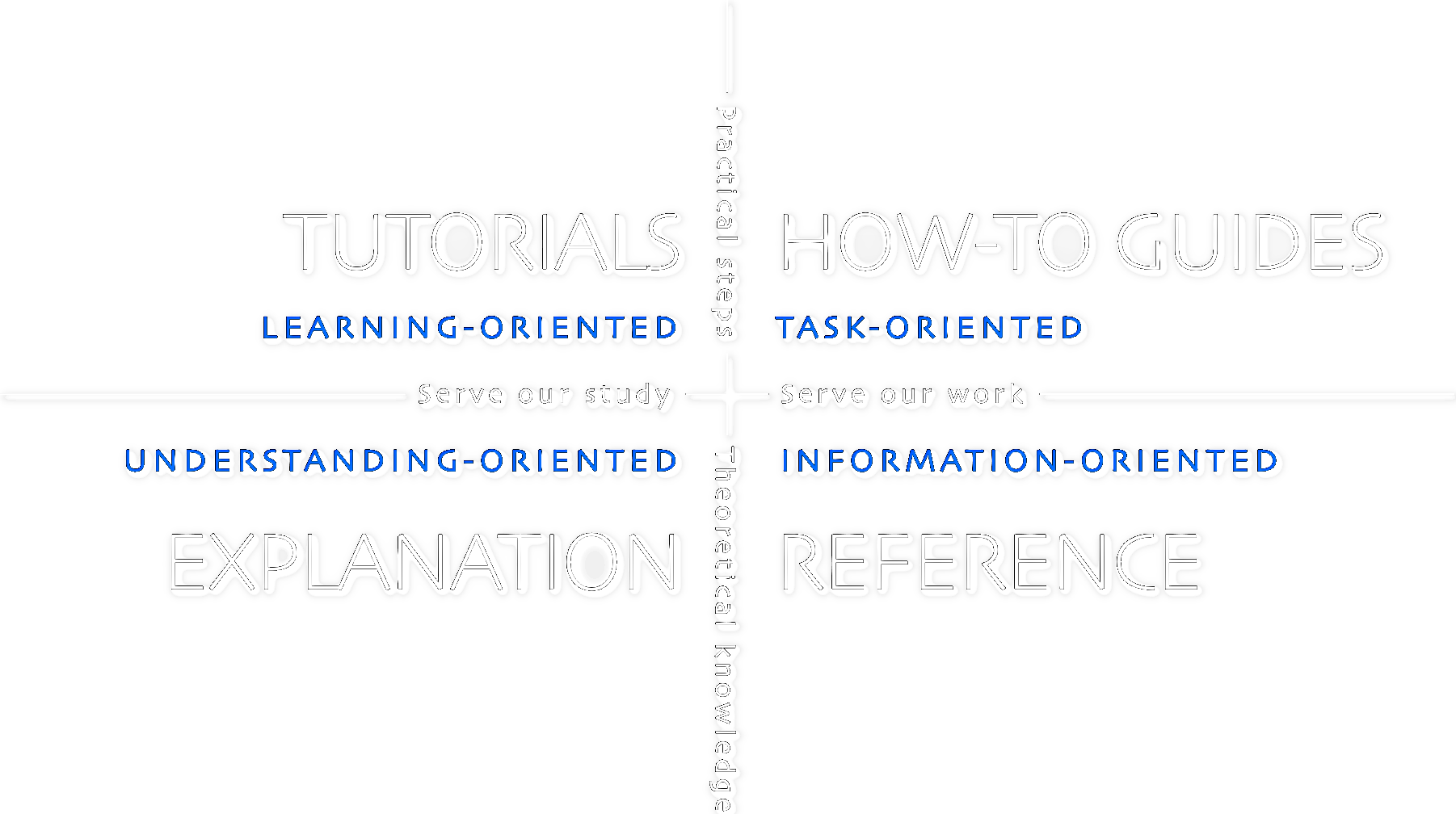Documentation
Effective documentation is a critical component of any software development project, for several reasons. First, as Guido van Rossum, the creator of Python, has noted, "Code is more often read than written." This means that code that is not properly documented can be difficult to understand and maintain, even for the original author.
As Jeff Atwood, the founder of Coding Horror, has noted, "Code tells you how; Comments tell you why." Documentation provides context and explanation for the code, helping other developers to understand the purpose and functionality of the code, as well as its intended usage.
Finally, as Daniele Procida, the author of "Documentation: An Introduction for Technical Writers and Engineers," has noted, "It doesn’t matter how good your software is, because if the documentation is not good enough, people will not use it." In order for software to be widely adopted and successful, it must be accompanied by high-quality documentation that is easy to understand and use.
In summary, effective project documentation is critical for ensuring that code is maintainable, understandable, and usable by other developers. By providing context, explanation, and instruction, documentation can help to ensure that software is widely adopted and successful.
Diátaxis Framework¶
A systematic framework for technical documentation authoring.
The Diátaxis framework systematically addresses the structure of technical documentation by identifying four documentation modes:
- Tutorials: Learning-oriented
- How-To Guides: Problem-oriented
- Reference: Information-oriented
- Explanation: Understanding-oriented
Each mode serves a distinct user need and requires a unique approach to creation. The name Diátaxis comes from the Greek "dia" (across) and "taxis" (arrangement).
The framework advocates for a hierarchical approach to organizing and presenting information, with the four modes of documentation deriving its structure from the relationship between them. Additionally, Diátaxis emphasizes the importance of the following components:
- Content: The information presented in the documentation, including text, images, diagrams, and code snippets. The content should be accurate, concise, and easy to understand.
- Navigation: The way in which users can move through the documentation to find the information they need. The framework recommends providing multiple ways to navigate the documentation, such as a table of contents, search functionality, and hyperlinks.
- Presentation: The way in which the content is visually presented to the user. The framework advocates for a clean and consistent visual design, with a focus on readability and usability. By following the Diátaxis framework, technical writers can create documentation that is well-organized, easy to navigate, and visually appealing, helping to improve user experience and increase the effectiveness of the documentation.


Example
The document that you are currently reading is an example of the "Explanation" mode of the Diátaxis framework, which provides high-level overviews and context to help users understand a product or technology.
Learn more about the Diátaxis framework from the Diátaxis Framework website.